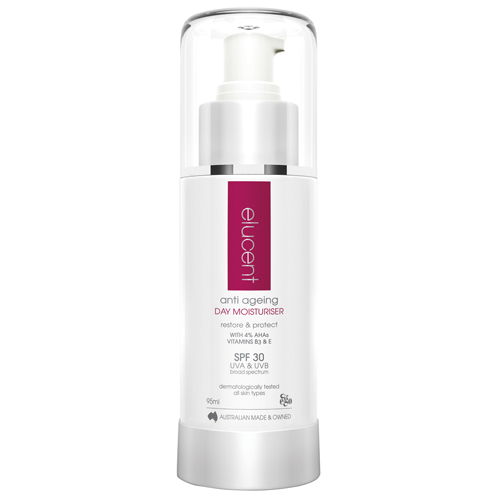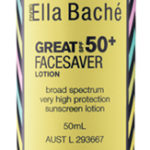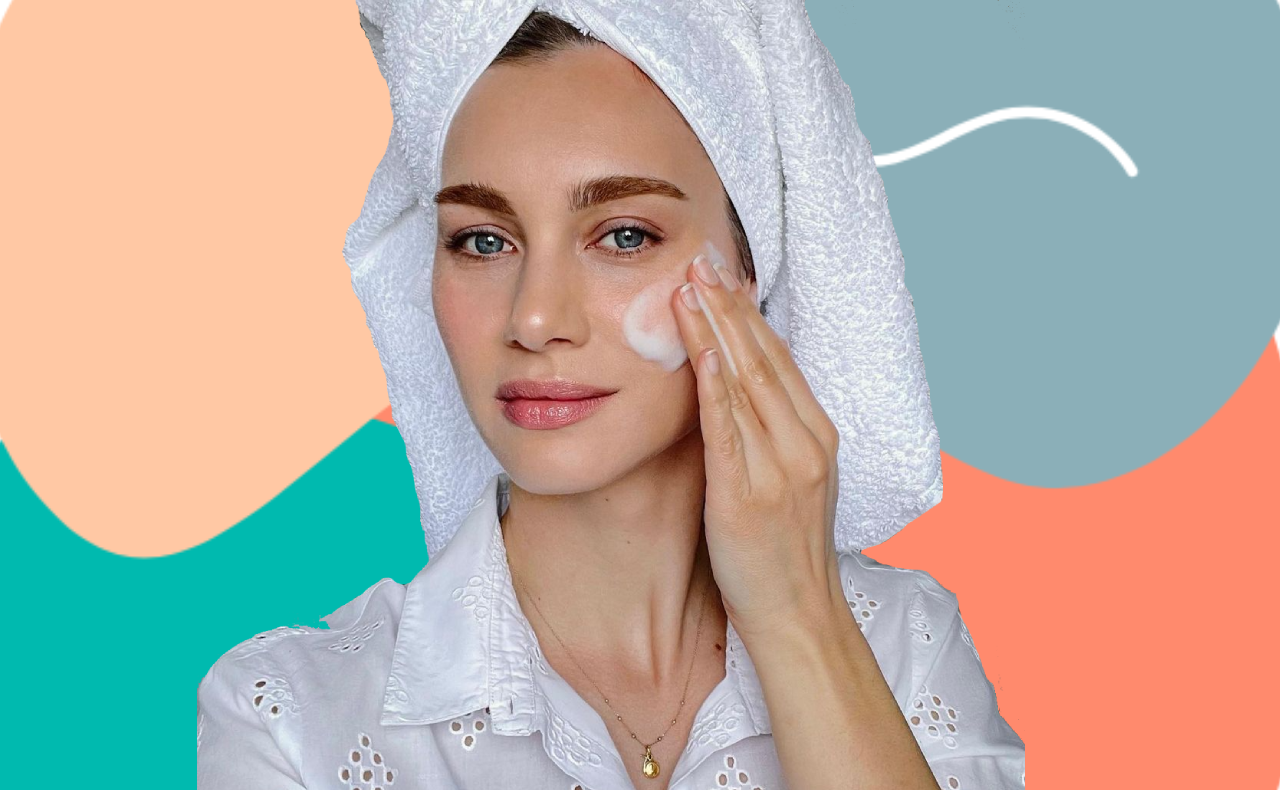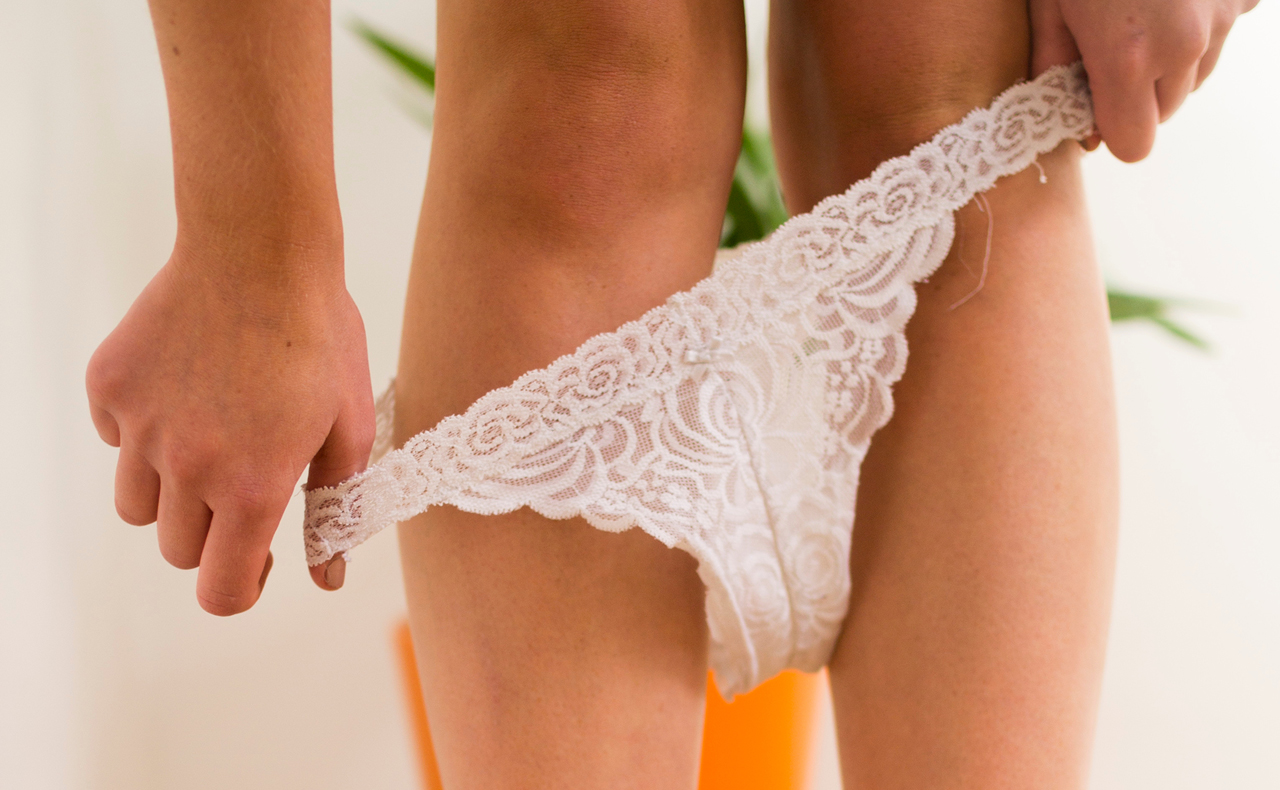We talk a lot about loving your beauty flaws, but it’s hard to make the same case for visible capillaries.
Look closely in the mirror and you may see them – those angry-looking, red or purple lines disrupting your otherwise flawless complexion.
Thankfully, they’re not dangerous – just a bit unsightly. We speak to Nip + Fab skin care expert Misty Francis to find out just how they come about and the best way to treat them.
RELATED: How your diet affects common skin problems
RELATED: 4 skin symptoms you shouldn’t ignore
What are visible capillaries? Are they really ‘broken’?
Otherwise known as telangiectasia, visible capillaries are tiny blood vessels near the surface of the skin, and are responsible for the circulation in the face.
According to Misty, some visible capillaries are simply “dilated and large blood vessels”, while others are “ruptured blood vessels”. So in the latter case, ‘broken’ is a pretty apt description for what’s happened.
How do visible capillaries occur?
Misty lists the following causes:
- Trauma: Wounds, skin surgery or intense cosmetic treatments.
- Ageing: As we get older, the collagen and elastin in our skin becomes weaker. This, among other factors, makes our skin thinner and our veins more noticeable.
- Genetics: It’s not guaranteed, but if your parents or grandparents have broken capillaries on their face and/or arms, your chances of having them are higher.
- Hormones: If you’re going through hormonal changes (such as puberty, pregnancy and menopause), you may experience broken capillaries on your face and arms as your body tries to adjust.
- Environment: Environmental factors like sunburn, windburn or extremely cold weather can lead to broken capillaries.
- Some medical conditions: Those who suffer from rosacea (a condition that makes the skin red and flushed) tend to suffer from broken capillaries on the face and arms, especially around the nose and eye areas. Liver damage can also cause this condition.
What can be done to prevent them?
It isn’t always possible to stop broken capillaries from forming, but you can protect yourself from some of the environmental causes.
Sunlight is known to aggravate the problem, so a high SPF sunscreen such as Cetaphil Suntivity Liposomal Lotion 50+, Elucent Anti Ageing Day Moisturiser SPF 50+ or Ella Bache Great 50+ Facesaver Active is always a good idea.
Moving from one extreme temperature to another in a short space of time can also be a contributing factor, which means some sufferers may benefit from staying away from saunas or very hot showers.
RELATED: Your common skin care questions, answered
RELATED: Why your skin flushes when you drink alcohol

And if all else fails…
You can also use concealer to cover visible capillaries. Try a medium to high coverage formula such as Clarins Concealer Stick or Innoxa Lasting Cover Concealer, which will help cover not just broken capillaries, but blemishes, pigmentation and sunspots as well.
Do you have visible capillaries? What other skin conditions would you love to learn more about?







Rosacea sufferer here! I’ve tried a KTP laser treatment once and I saw slight immediate benefits and it wasn’t too painful, just felt like very slight stings. To see further improvement a few more treatments were recommended alongside a targeted skincare routine; it’s something I will try in the future as it is quite costly. I’d love to learn more about Rosacea and Psoriasis as I suffer from both.